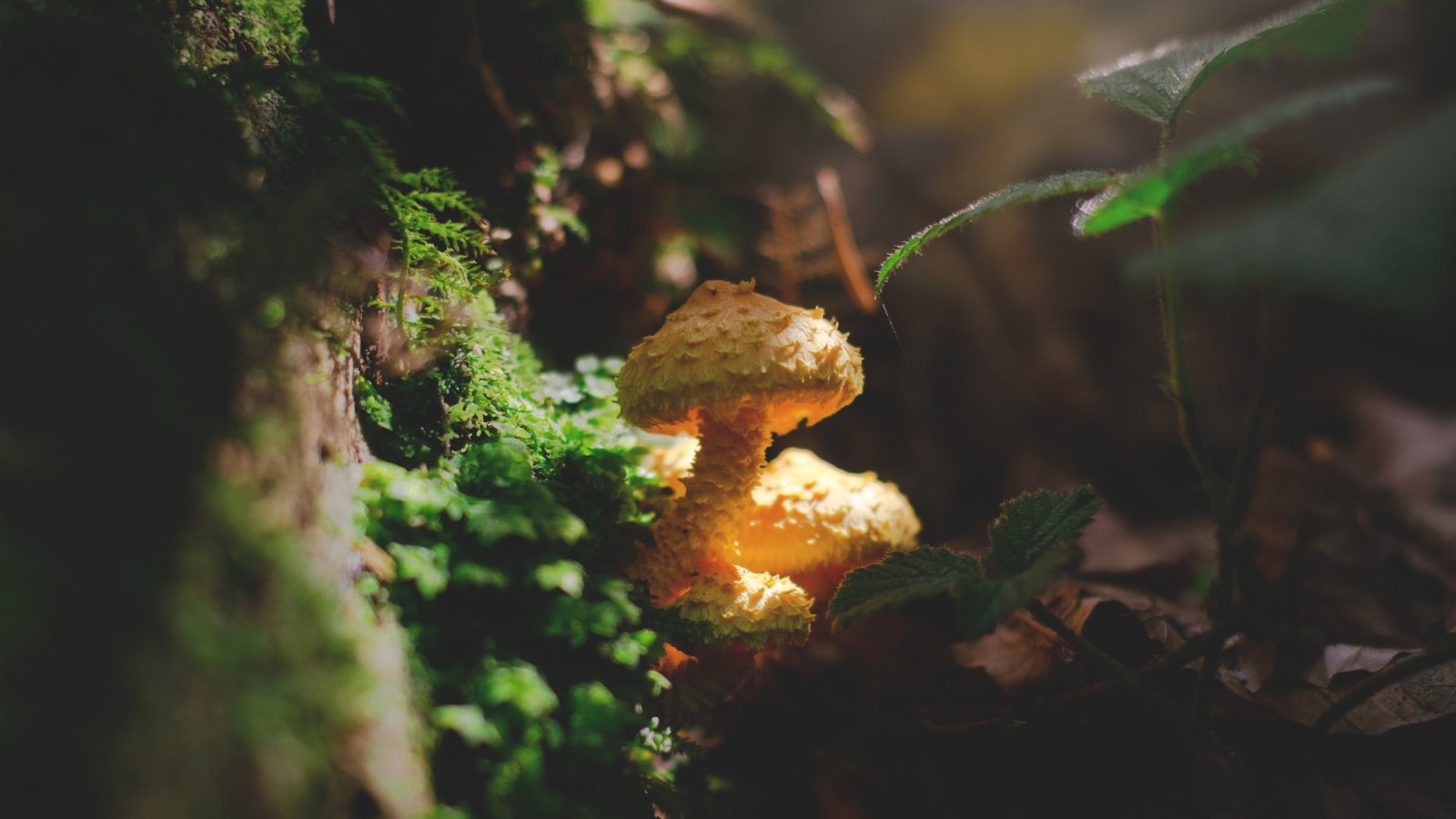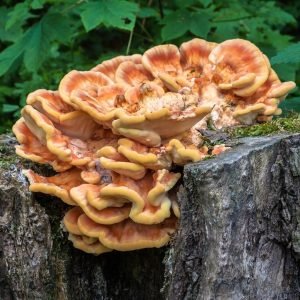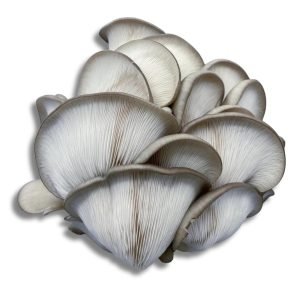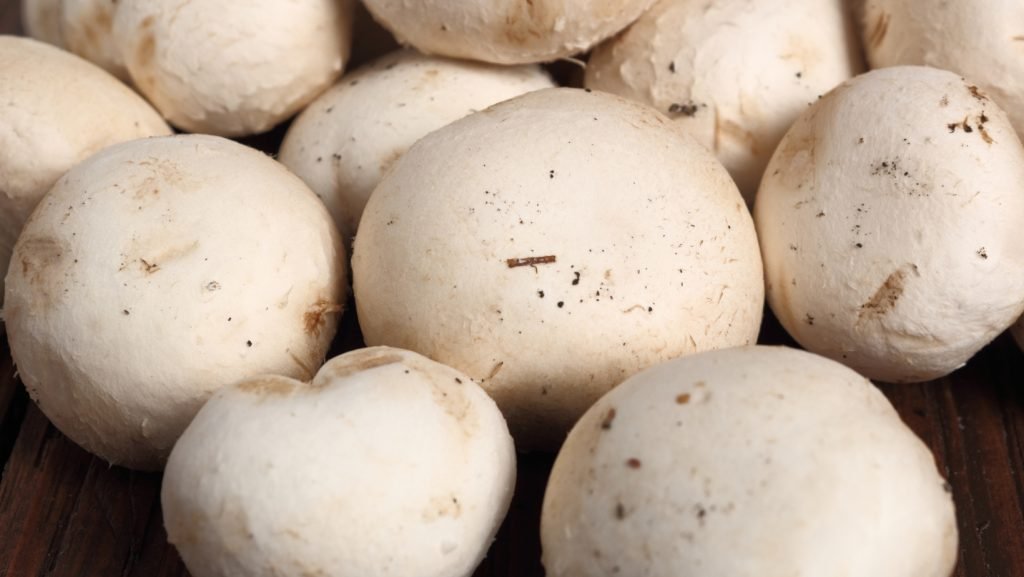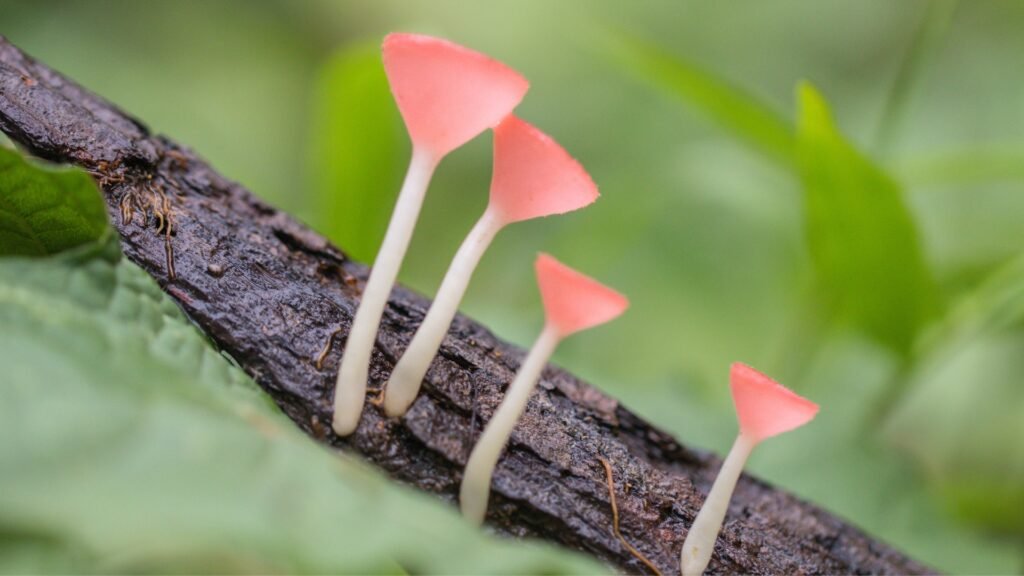Welcome to the captivating world of mycology, where the smallest spore can open a universe of exploration. This realm thrives on taxonomy – the scientific classification of organisms. This article will guide you through the intricate science of mushroom taxonomy, introducing you to the principles of mushroom classification, shedding light on the importance of scientific nomenclature, delving into the study of phylogenetics, and illuminating our evolving understanding of fungal relationships.
Mushroom taxonomy begins with a scientific name that abides by the International Code of Nomenclature for algae, fungi, and plants. This name typically consists of two parts, the genus, and the species, in Latin or Greek. The genus denotes a group of species sharing similar characteristics, while the species name is unique to each organism. For instance, in ‘Agaricus bisporus’ (the common button mushroom), ‘Agaricus’ is the genus and ‘bisporus’ is the species.
However, taxonomy doesn’t stop at genus and species. It encompasses several ranks, starting from the broadest category – Kingdom (Fungi), descending through Phylum, Class, Order, Family, Genus, to the most specific – Species.
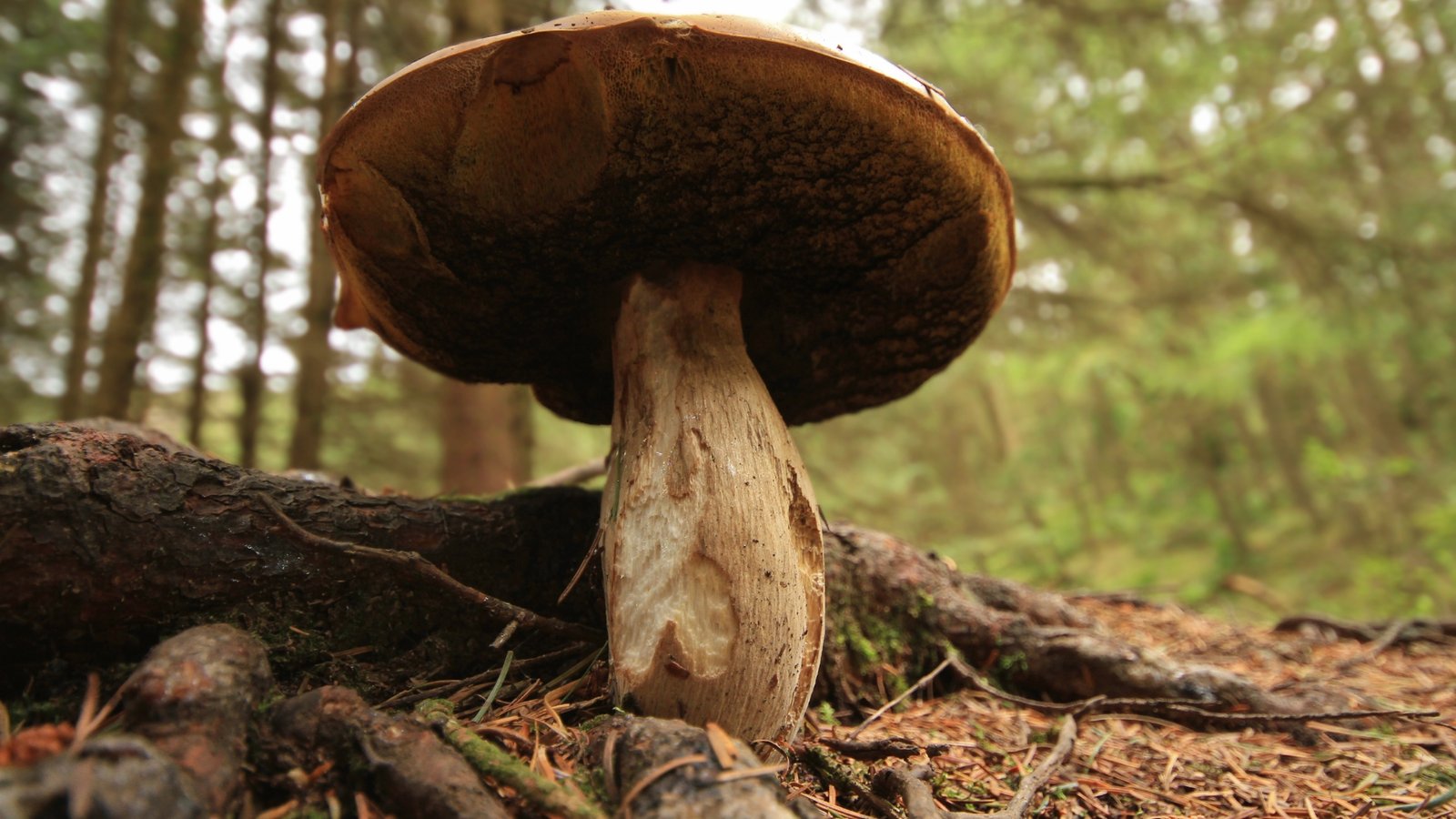
However, taxonomy doesn’t stop at genus and species. It encompasses several ranks, starting from the broadest category – Kingdom (Fungi), descending through Phylum, Class, Order, Family, Genus, to the most specific – Species.
Understanding the principles of mushroom classification offers more than just names. It provides a roadmap to evolutionary history. This is where the study of phylogenetics comes in. Phylogenetics delves into the evolutionary relationships among various mushroom species, often represented in the form of a phylogenetic tree. This tree-like structure traces the origin and development of mushroom species over time, showing how they have branched out and evolved.
In recent years, the advent of molecular genetics has revolutionized our understanding of fungal relationships. DNA sequencing has allowed for more precise identification and classification of fungi, including mushrooms. It has even led to the reclassification of many species, as we continue to unveil the astounding genetic diversity within the fungal kingdom.
Just as mushrooms sprout from a rich substrate, your mycological journey can grow and flourish within the Mushroom Network. This platform offers a myriad of resources to feed your curiosity, with articles like this one, and so much more. If you’re eager to dive deeper, consider enrolling in one of our comprehensive mycology courses, free or paid, or expand your practical skills with our quality agar and other mycology supplies available on our marketplace.
The Mushroom Network is not just a learning platform or a marketplace, but also a thriving social network. Connect with others who share your fascination with fungi, discuss your findings, ask questions, and learn from experienced mycologists. We strive to create an environment that fosters collaboration, advocacy, and a shared desire to positively impact our community.
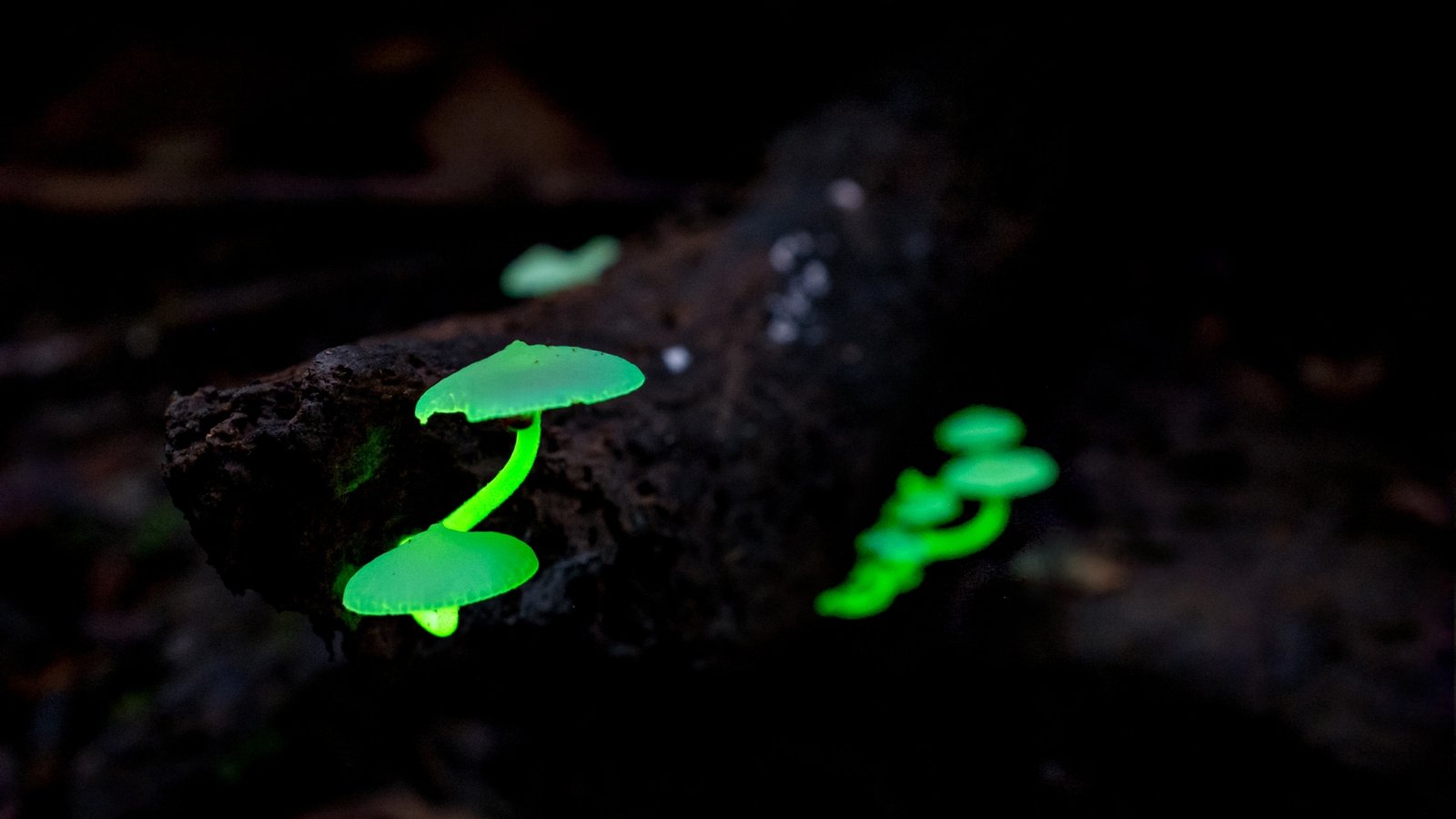
We invite you, as a Patron of the Mushroom Network, to explore our Mycologist Marketplace. By purchasing from our marketplace, you support small-scale mycologists globally, helping them continue their valuable work. Each purchase helps to fund research, conserve diverse genetics, and promote sustainable practices within the field of mycology.
In conclusion, mushroom taxonomy is a fascinating journey into the biological narratives of fungi. As we continue to unveil the mysteries of these organisms, we deepen our appreciation for their diversity and complexity. So next time you find a mushroom in the wild, remember, it’s not just a mushroom – it’s a story of evolution, a tale of diversity, and a testament to the wonder of nature. Delve into that story, unravel its secrets, and let it guide your exploration in the world of mycology, here, on the Mushroom Network.
Continue to explore, discover, and connect with us, at the Mushroom Network, where our common love for mycology unites us all.
The Vibrant World of Trametes Versicolor
In the eclectic ensemble of fungi, the Turkey Tail mushroom (Trametes Versicolor) stands out with...
Keep Reading...Chicken Of The Woods (Laetiporus Sulphureus)
SCIENTIFIC NAME: (Laetiporus Sulphureus) COMMON NAME(S): Chicken Of The Woods | COMMON_NAME I-NAME: COW SPORE...
Keep Reading...King Blue Oyster (Pleurotus Ostreatus)
Scientific Name: Pleurotus Ostreatus COMMON NAME(S): King Blue Oyster | Blue Oyster | Blue Pearl...
Keep Reading...Fungal Symbiosis: Understanding Interdependence and Harmonious Coexistence
The intricate dance of life often revolves around relationships. Nowhere is this more apparent than...
Keep Reading...
